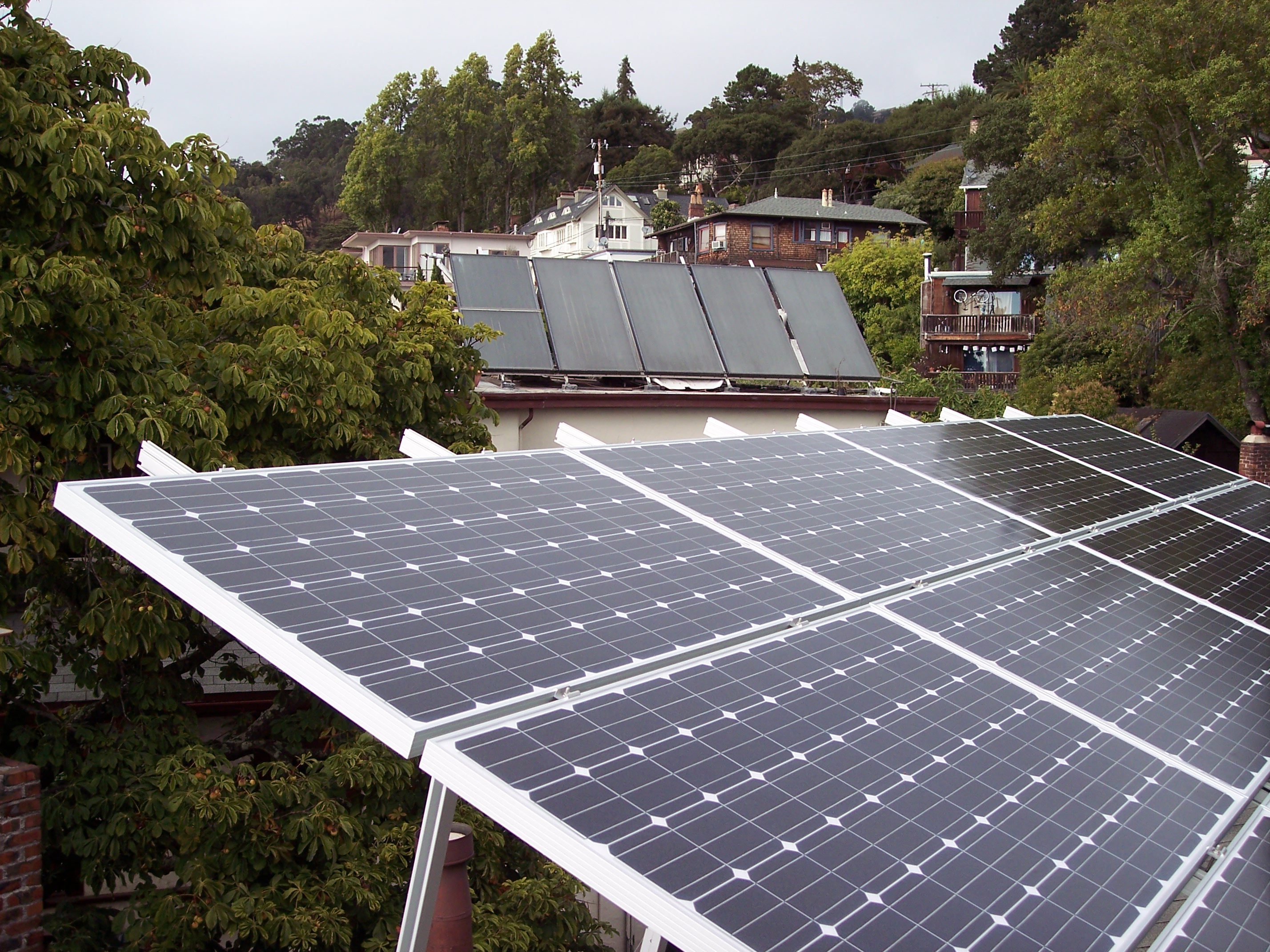Power
Orlando solar power is a great way to save money on your electric bill, but it’s also a great way to add value to your home. If you’re thinking of selling your Orlando home in the near future, solar power can be a great selling point. Here are a few tips on how to fix up your Orlando home for solar power:
1. Start by installing solar panels on your roof. This will be the most visible sign that your home is powered by solar energy, and it will make a big impression on potential buyers.
2. Make sure that all of your appliances are energy-efficient. This will show buyers that you’re serious about saving money on your electric bill.
3. Install solar-powered outdoor lighting. This is a great way to save money on your electric bill, and it will also make your Orlando home more attractive to buyers.
4. Finally, make sure to mention solar power in your Orlando home listing.

How Does solar Work For Your Roof
Solar panels work by absorbing sunlight with photovoltaic cells and converting it into direct current (DC) electricity. Solar panels are most commonly made from silicon. When sunlight hits a solar panel, the photovoltaic cells absorb the light and create an electric field across the layers of silicon. This causes electrons (the negatively charged particles in atoms) to flow from one side of the silicon to the other, generating electricity.
Solar photovoltaic (PV) panels convert sunlight into direct current (DC) electricity. The DC electricity is then converted by an inverter into alternating current (AC) electricity, which can be used by your home or business. Solar PV systems do not produce air pollution or greenhouse gases.
Solar PV panels are made of semiconductor materials, such as silicon. When sunlight hits the silicon, it causes the electrons in the silicon atoms to become excited and move around. This movement of electrons creates an electric field. The electric field is harnessed by metal conductors on the back and front of the solar panel to create an electrical circuit. The circuit allows electrons to flow from the solar panel into an external load, such as a light bulb or appliance.
Solar panels are made up of photovoltaic cells, which convert sunlight into electricity. Solar panels are placed on your roof and connected to your home’s electrical system. When the sun shines on the solar panels, the photovoltaic cells convert the sunlight into DC (direct current) electricity. An inverter then converts the DC electricity into AC (alternating current) electricity, which is what powers your home. Any excess electricity generated by the solar panels is sent to the utility grid.
Solar energy is the sun’s rays (solar radiation) that are converted into direct current (DC) electricity. Solar panels, also called solar photovoltaics (PV), are used to convert sunlight into electricity. A rooftop solar system has three main components: solar panels, an inverter, and a racking system that holds the panels in place.
The solar panels are made up of PV cells that convert sunlight into DC electricity. The inverter changes the DC electricity from the solar panels into alternating current (AC) electricity, which is the type of electricity used in your home. The AC electricity is then sent to your electrical panel, where it can be used to power your home or sent back to the grid.

Is Solar Power Effective Long Term
Solar power is a renewable energy source that has many benefits. It is one of the most environmentally friendly energy sources available, as it does not produce emissions or pollute the air. Solar power is also very versatile, as it can be used for a variety of purposes, including generating electricity, heating water, and powering appliances.
Solar power is an effective long-term investment because it can significantly reduce your energy costs. Once you have installed solar panels, you will not have to pay for electricity from the grid. Solar power is also very reliable, as there is no need to worry about fuel shortages or price increases.
